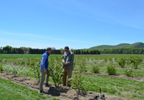
Willsboro, N.Y.: July 2, 2019. Young specialty fruit trials funded by the farmer-driven Northern New York Agricultural Development Program (NNYADP) will be among the many crop plots for touring during the Cornell University Willsboro Research Farm Open House event on Wednesday, July 10 from 1:30 pm to 4:00 pm. The tour of the farm facilities and research fields is free and open to the public. It will leave the main office at 48 Sayward Lane, Willsboro, N.Y., at 2:00 pm
NNYADP grants to the Willsboro farm support the research aimed at developing new specialty fruit crops suited to the Northern New York climate and growing conditions. Longer-term trials with Juneberry there and now on farms in the northern NY region have been joined by a newer investigation into Aronia and Honeyberry
“We think all of these new fruits will prove to be exciting new crops for Northern New York farmers for fresh market sales and value-added processing,” said Michael Davis, Ph.D., NNYADP new fruits project leader and Cornell University Willsboro Research Farm Manager.

The Juneberry nursery at the farm is a living collection of wild and commercial lines of the fruit considered to have tremendous potential to become a major fruit crop in Northern New York and the Northeast. Davis is collaborating with Juneberry expert and SUNY Plattsburgh botanist Michael Burgess, Ph.D., on Juneberry the trials.
This year marks the fourth full growing season for 11 commercial varieties and four ornamental varieties of Juneberry at the research farm, and the third season for nine wild-collected lines.
With numerous scientific studies documenting its high antioxidant and phytonutrient levels, Aronia has been labeled a “superfood” and has quickly blossomed into a multi-million dollar industry in North America. The Willsboro Aronia trial is focused on four fruit-producing varieties now in their third growing season
The blue Honeyberry is a perennial, fruit-producing shrub that is native to the cool temperate forest regions of North America, Asia and Europe. Fruit breeders in Oregon and at the University of Saskatchewan have prompted a surge in recent interest in this flavorful fruit in North America. The Honeyberry trial at the Willsboro Research Farm is evaluating 15 commercially-available cultivars.
Davis is also evaluating demonstration site plantings of the fruits with participating growers in Clinton, Franklin, Jefferson and St. Lawrence counties. The research has been featured by Mountain Lakes PBS television in Plattsburgh, NY, and WCAX-TV, Burlington, VT.
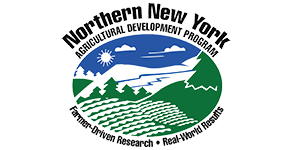
Research reports on the new fruit trials are posted on the NNYADP website at www.nnyagdev.org. Funding for the Northern New York Agricultural Development Program is supported by the New York State Legislature and administered by the New York State Department of Agriculture.
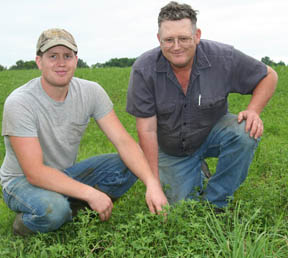
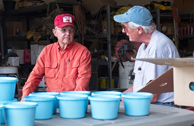
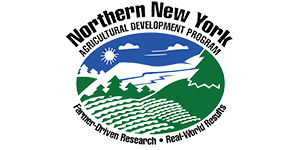
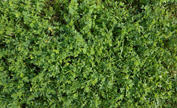
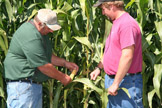 Northern N.Y.; May 14, 2019. The latest data from field research trials evaluating the opportunity to grow high-quality, high-yield corn under localized growing conditions are posted on the Northern New York Agricultural Development Program website at
Northern N.Y.; May 14, 2019. The latest data from field research trials evaluating the opportunity to grow high-quality, high-yield corn under localized growing conditions are posted on the Northern New York Agricultural Development Program website at